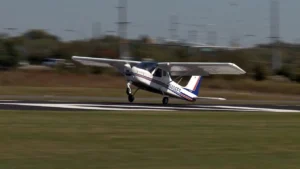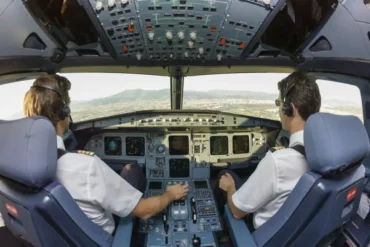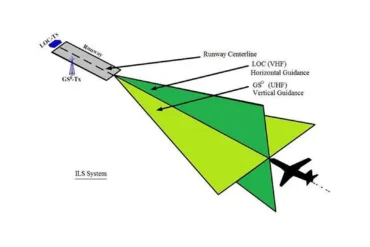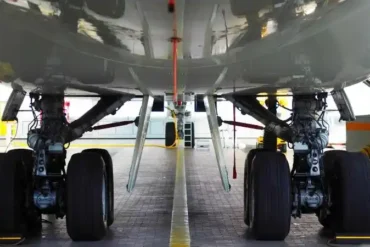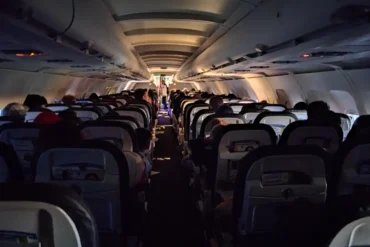We’ve all been there – that moment when your landing doesn’t go quite as smoothly as planned. Let’s chat about how to recover from a bounced landing and what you can do to avoid it in the first place.
What Causes a Bounce?
Often, the trouble starts before you even touch down. If you’re not set up well on your approach, it’s tough to stick the landing.
There are two main reasons landings go bouncy: coming in too hard or too fast.
When you’re dropping quickly, it’s natural to want to pull back on the controls as the ground rushes up. But this can make your plane suddenly lift off again. The faster you’re going, the more lift you’ll create.
Plus, if you hit the runway hard, your wheels can act like springs and bounce you right back up.
The harder you land, the higher you’ll bounce.
Going too fast is another common culprit.
If you’re speeding in with the plane level, you’re not really ready to stop flying. You’ll skip off the runway like a stone on water, popping back into the air.
Whether it’s a hard hit or too much speed causing the bounce, the good news is that the recovery is the same either way.
How to Recover
Many bounced landings can still end with a smooth touchdown.
If you bounce, your first move should be to keep the nose up in a landing position. You might need to adjust how much you’re pulling back, but don’t push the nose down. That could lead to an even rougher landing or, worse, touching down on the nose gear.
As you start to come back down, you might need to add a little power to slow your descent. But don’t overdo it – just a touch is usually enough for a gentle touchdown.
Then, it’s simple: land like normal. Small to medium bounces often leave you just a few feet up, kind of like you’re starting your landing flare again.
When Should You Go Around?
If you bounce way up, it’s time to go around. When you get too high, you lose some of that cushion of air near the ground and might get close to stalling.
It’s hard to say exactly how high is “too high” – it depends on what you’re flying. The safe bet is to go around if you’re unsure.
After a bounce, keep an eye on how far down the runway you’ve gone. If speed caused the bounce, you’ve probably overshot where you meant to land. If you’re way past your spot or don’t feel good about the runway left, go around and try again.
Dealing with Porpoising
A porpoise landing is when you bounce and, if not fixed, touch down nose-first, starting a series of bounces that look like a porpoise swimming. This happens when you land too fast or drop in too quickly.
The smart move here is to go around right away. Porpoising happens so fast that trying to fix it with the controls can be really tough or even impossible.
It’s the Same in Any Plane
Whether you’re in a big airliner or a small prop plane, bounced landings can happen to anyone. The physics behind them and how to recover are pretty much the same across the board.
Stopping Bounces Before They Happen
The key to avoiding a bounce is to keep your approach steady all the way to touchdown.
If you’re coming in too fast, slow down during your flare or go around. Same goes if you’re dropping too quickly just above the runway – choose to go around. Trying to force the landing or coming down hard makes a bounce much more likely.
